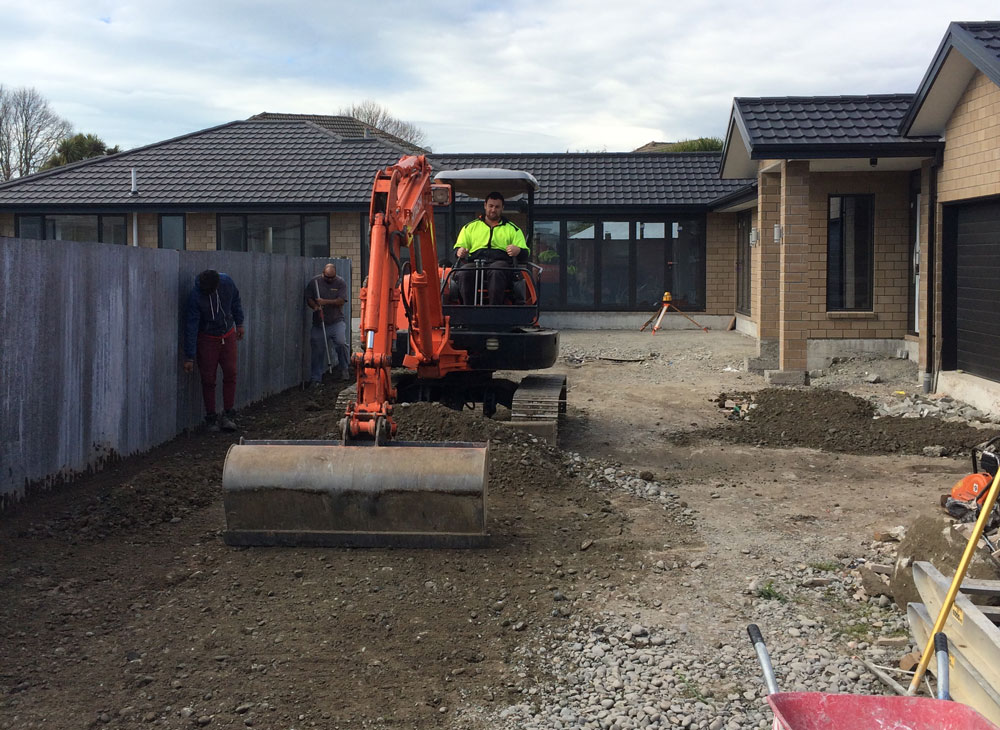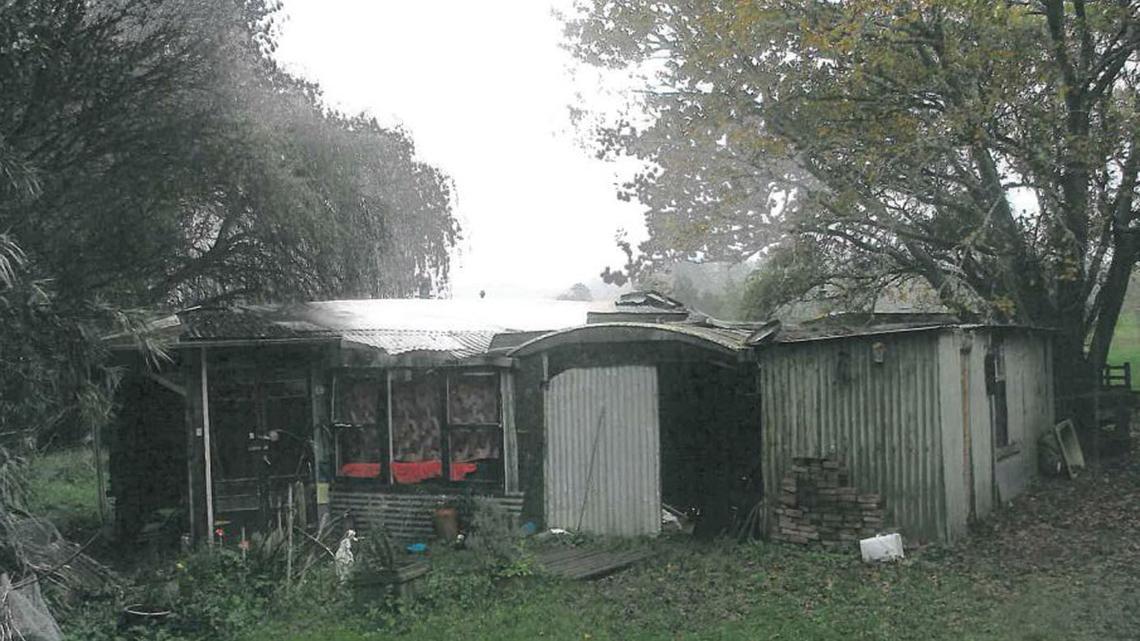Code of Compliance
Code compliance is generally required to insure a house. But don’t worry, there are situations where we can potentially provide cover.
Most Common Reasons for Non-compliance
House or addition built before code compliance requirements
The current building code compliance requirements came into force in 1992. Homes built before this date often do not have code compliance, as it was not a requirement at the time.
Records of building consent have been lost or are unknown
It is surprisingly common for houses to lack a record of their code compliance sign-off. Some councils in New Zealand lost their records in fires and floods before they began storing them electronically.
Code compliance was not obtained for part of the home (e.g., extension)
Previous owners may have made improvements to the property, such as adding a deck or building an unconsented garage, without obtaining full building consent or sign-off.
What would we require to insure?
If your home lacks a compliance certificate for any of the above reasons, we can consider insuring it. If your home does not have a code compliance certificate this does not always mean your home is non-compliant, especially if records have simply been lost. To insure your house, we would need confirmation of the following:
- House is structurally sound and well maintained, AND
- Confirmation that the building or addition would have met building requirements at the time it was built/completed
Essentially we want to make sure we only insure houses/renovations that are up to building standards.
You must disclose information regarding any unconsented work when you apply for insurance. Please answer “yes” to the question “Is there any further information likely to affect the acceptance of the insurance” on your application form, provide full information in the space provided along with any other disclosures.
Other Reasons for Non-compliance
New Build or Recently Built Property
When a house is built, it must legally obtain a Code Compliance Certificate (CCC) before being occupied. In most cases, homeowners cannot move in until this certification is issued. However, if your house is a new or recently built property, it may still be awaiting code compliance while requiring standard house insurance. In some cases, homeowners may have already moved in before obtaining consent, often due to minor works still in progress.
What Do We Require for a New Build?
Before we can consider insurance for a new build without a Code Compliance Certificate, the property must meet the following requirements:
- The house has practical completion,
- There is a functioning kitchen/bathroom
- Connection to services is complete, including power/water supply.
- The house is fully secure, and lockable.
- Someone is currently living in the property.
- No major or structural work remains to be completed.
- A final inspection is confirmed and booked with the council. In higher-risk locations, the inspection must have at least been completed.
If your property meets these criteria, we can consider providing cover. However, you must disclose that a Code Compliance Certificate has not yet been obtained.
Conditions That Will Apply
If we agree to provide cover on your house without code of compliance issued, there are conditions that will apply. It is important that you are aware of these and know what they mean. These conditions are as below:
1. Additional costs associated with making the home compliant may not be covered
For example, we will pay to rebuild a non-compliant deck on your home that has burnt down. However, you will need to pay for any extra costs if you want to get code compliance sign-off on the new deck.
2. Any loss that directly arises from the lack of compliance will not be covered
For example, where your non-compliant deck collapses and also causes damage to the house. If the collapse of the deck is later proved to be a direct cause of its non-compliance (i.e. the deck was not up to building standards), then damage to the deck and home may not be covered.
Note that any other loss that is not a direct result of non-compliance (such as a storm or fire) remains covered.
3. Any loss that arises from the construction perils to complete the home and obtain compliance are not covered
If there are still major works being done at your property these are not covered. If a roof is being installed and it collapses, this should be covered under a contract works or construction insurance policy as this is not covered under a standard house insurance policy.
4. Building consent to be obtained within a specified period, typically 30 days.
This gives you some time to get code compliance approved. If you need longer than this you will need to let us know.
How can I get a quote?
If your house does not have full code compliance but meets the above criteria you can go ahead and get a quote. If you proceed with the quote you will need to disclose that the property does not have full consent when you answer the declaration questions during the sign-up application. Cover will then be reviewed by our team who will be back in touch.
Examples of where we can provide cover
- Compliance certificate is not signed off as the driveway is unfinished. Driveway concrete will not be laid until construction is complete on the neighbouring home as trucks are using the driveway for access. The home is structurally complete, fully secure and lockable, and is being lived in. – Cover is able to be provided.
- Final code compliance check was completed by the council in December, minor and non-structural defects were identified, and repairs were completed. Due to the Christmas break, council staff were not able to return to issue the code compliance certificate until mid January. The home was structurally complete, fully secure and lockable, and being lived in. – Cover is able to be provided.
Examples of where we are unable to provide cover
We can not offer insurance if your home does not meet the above requirements, or does not have code compliance certificate for reasons such as the following:
- Code of compliance certificate was applied for, but the building work contained defects which were not rectified.
- House was self-built and consents were never obtained.
- Home is a converted building (such as a wool shed or garage) and the conversion was not consented.
- A certificate of acceptance was applied for and denied because the building work contained defects.
- A safe and sanitary report confirmed the building work was unsafe and/or unsanitary.
- The builder’s report on the home identified that the building was not structurally sound.
- A pre-built/existing home has been moved onto the site and code is yet to be obtained for the placement/connection to services, etc.
- A garage converted to a home/self contained unit/sleepout, where it does not meet building standards for an inhabitable building.
- Renovations involving structural walls without consent.
How do you legalise existing building work?
Building work carried out before 1 July 1992 without the appropriate building approval requires a safe and sanitary report. A “safe and sanitary report” does not serve as an approval of the unauthorised work, just a reassurance that the building is safe and sanitary. You will need to engage a professional such as a private building consultant or registered engineer to complete this report. It will be held on file with the local council.
A certificate of acceptance is the appropriate way to legalise any work done after 1 July 1992. It provides limited assurance that the council has inspected the home and the completed building work complies with the building code at the time and contains no obvious defects.

